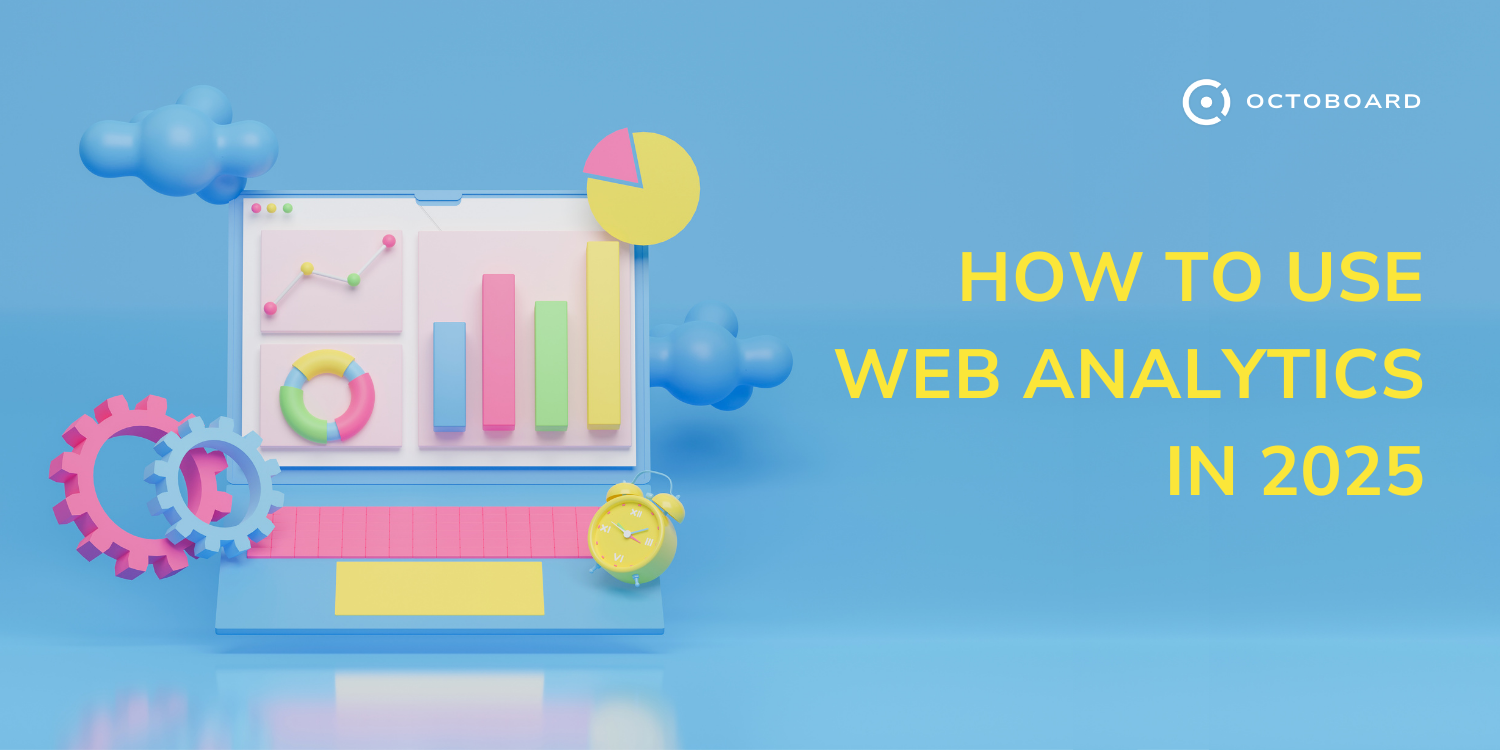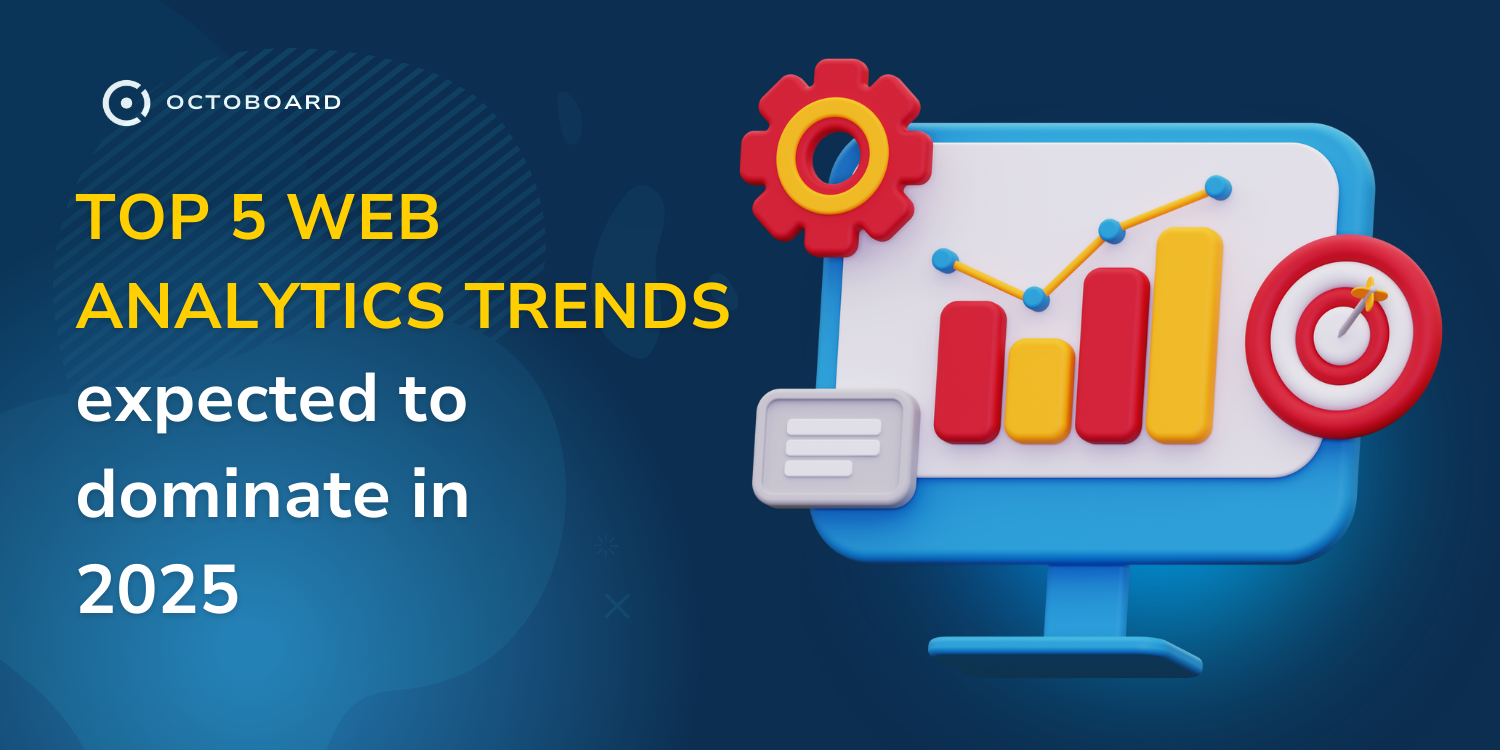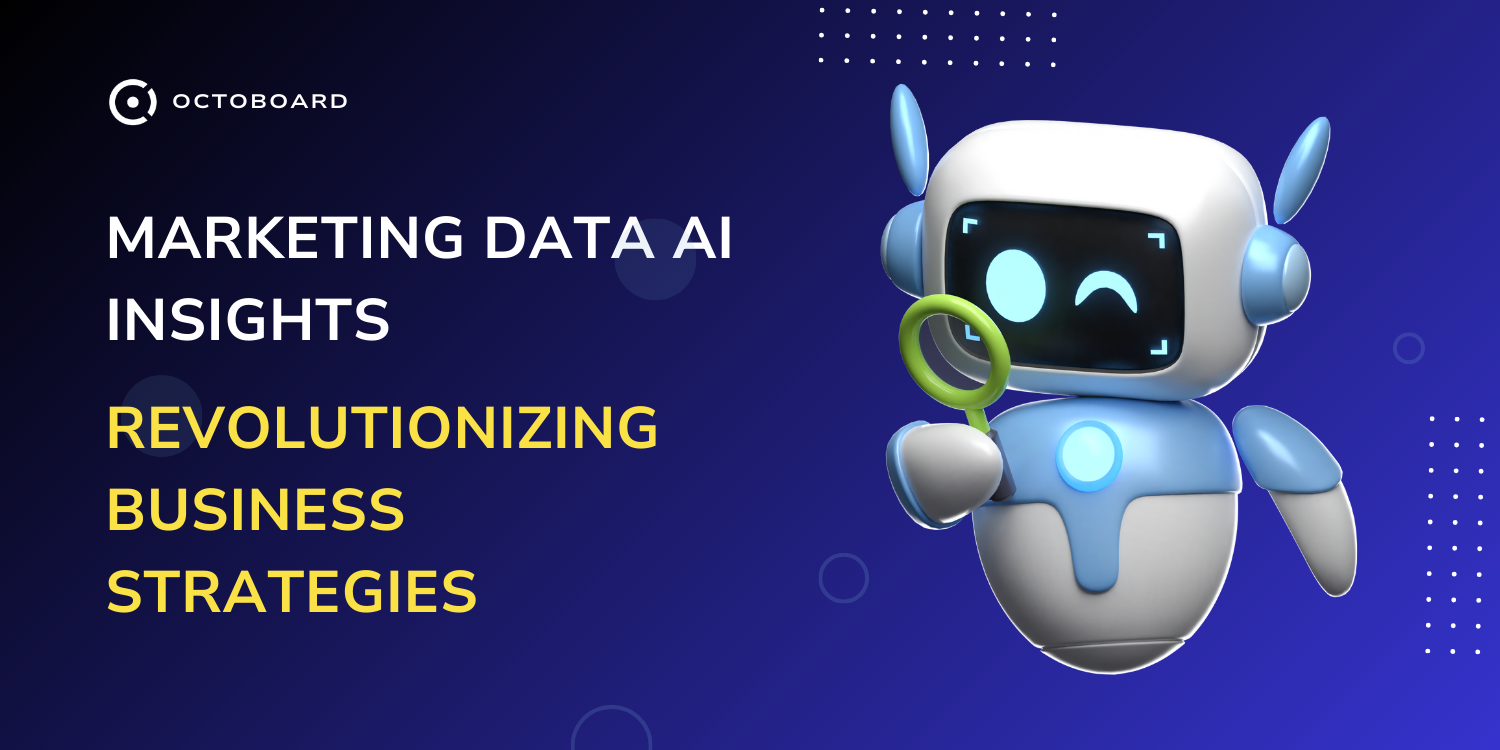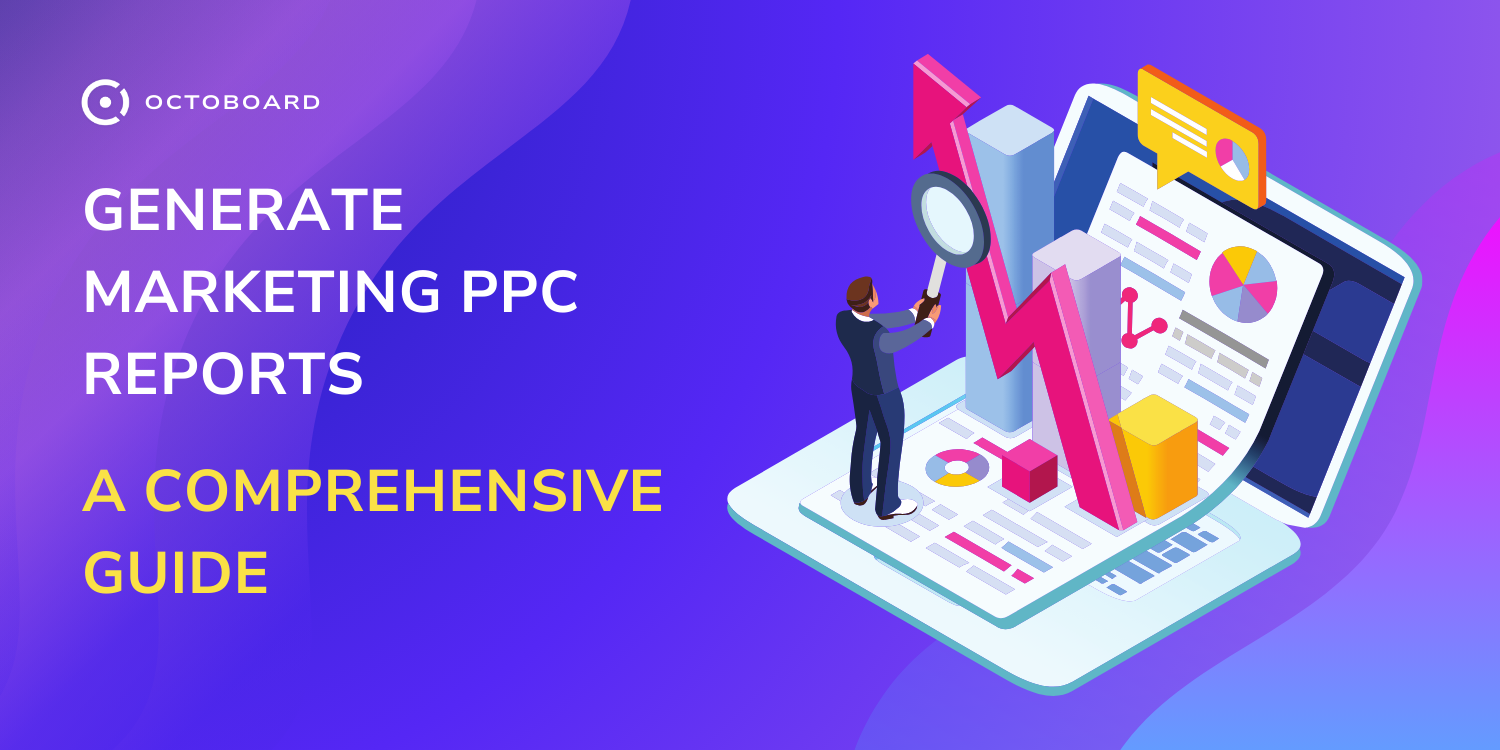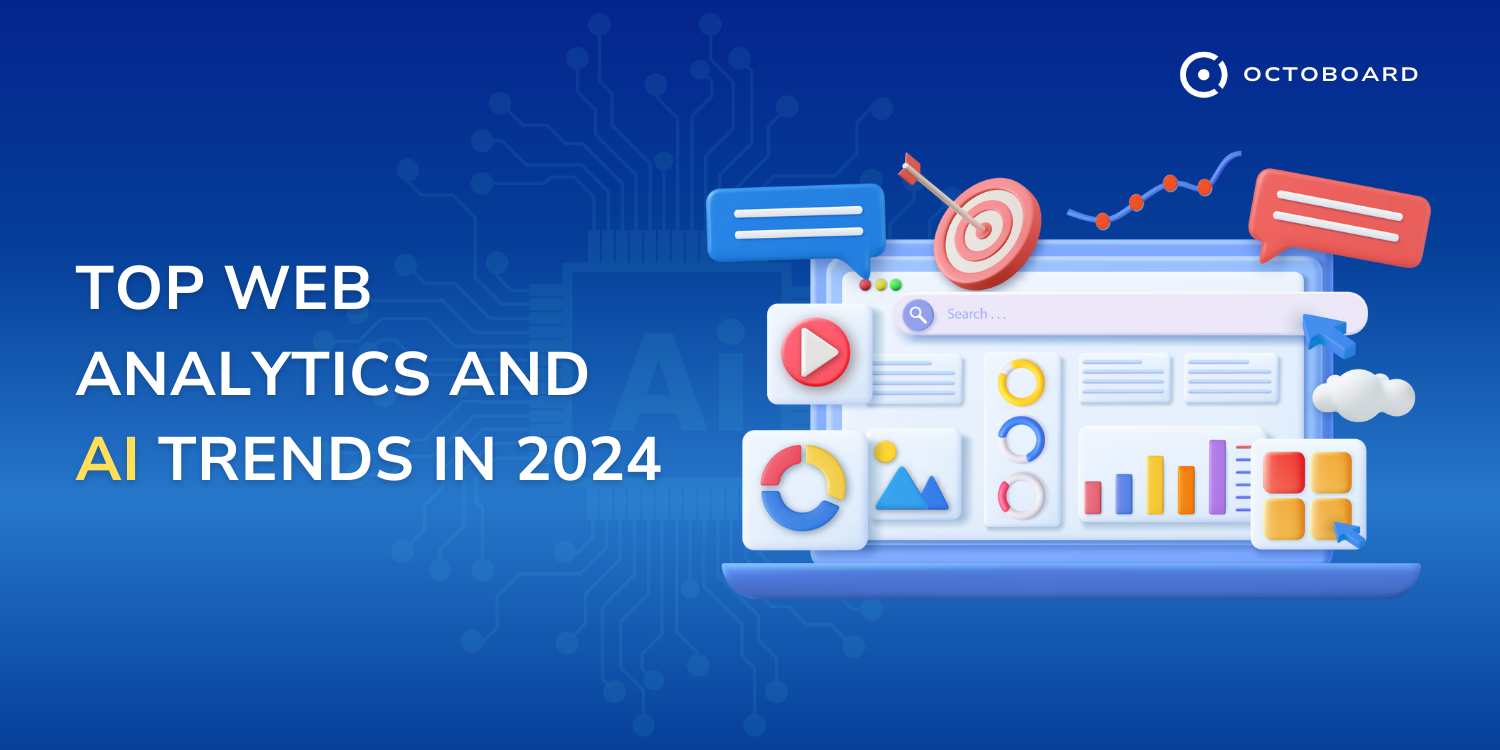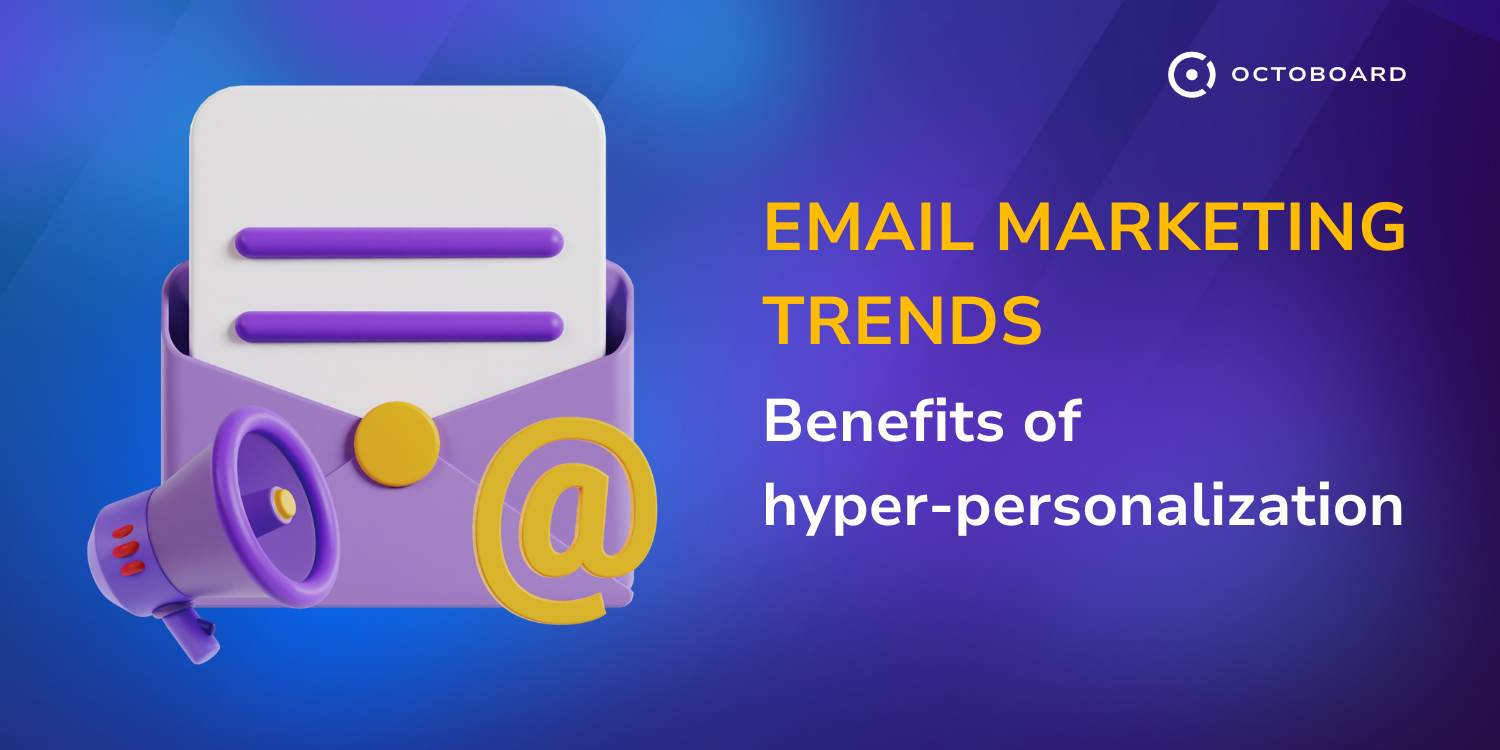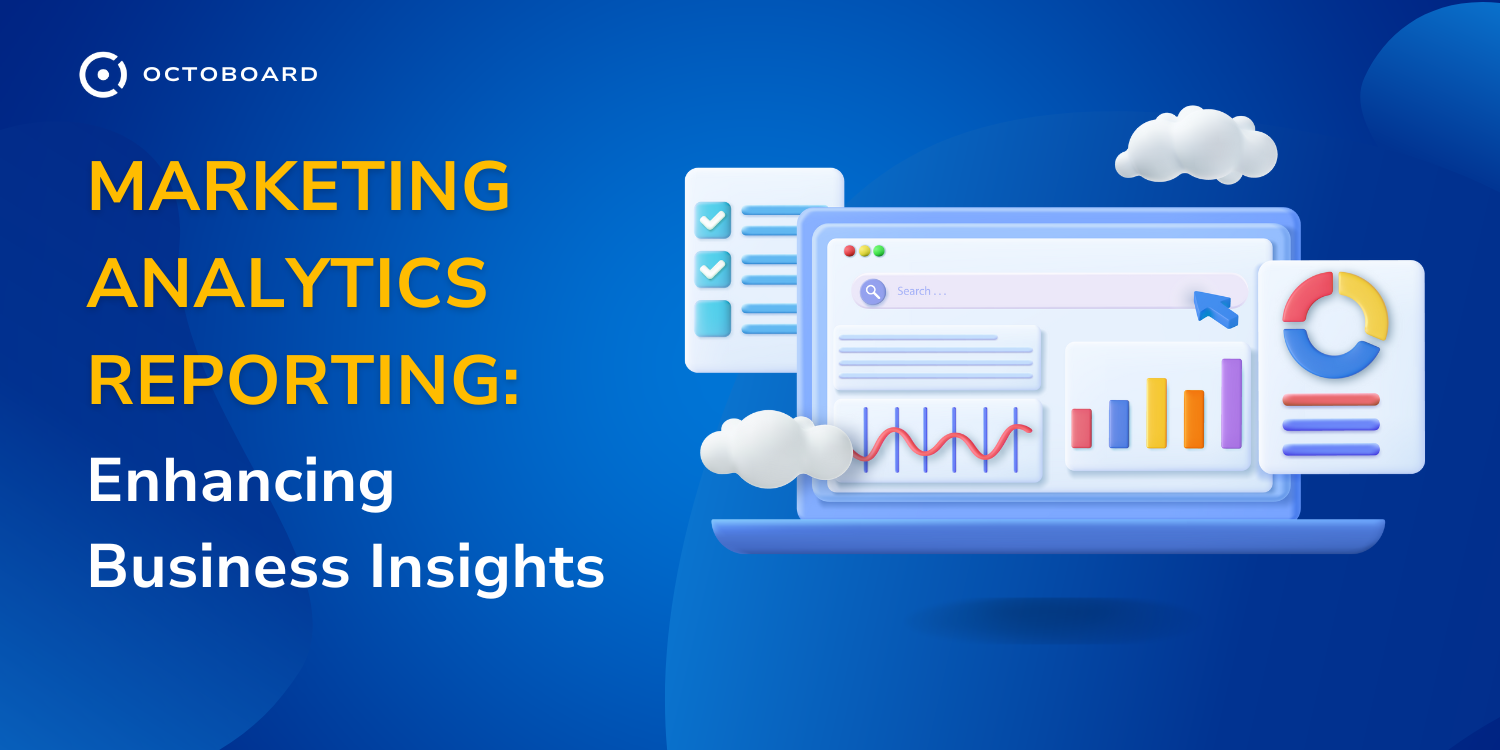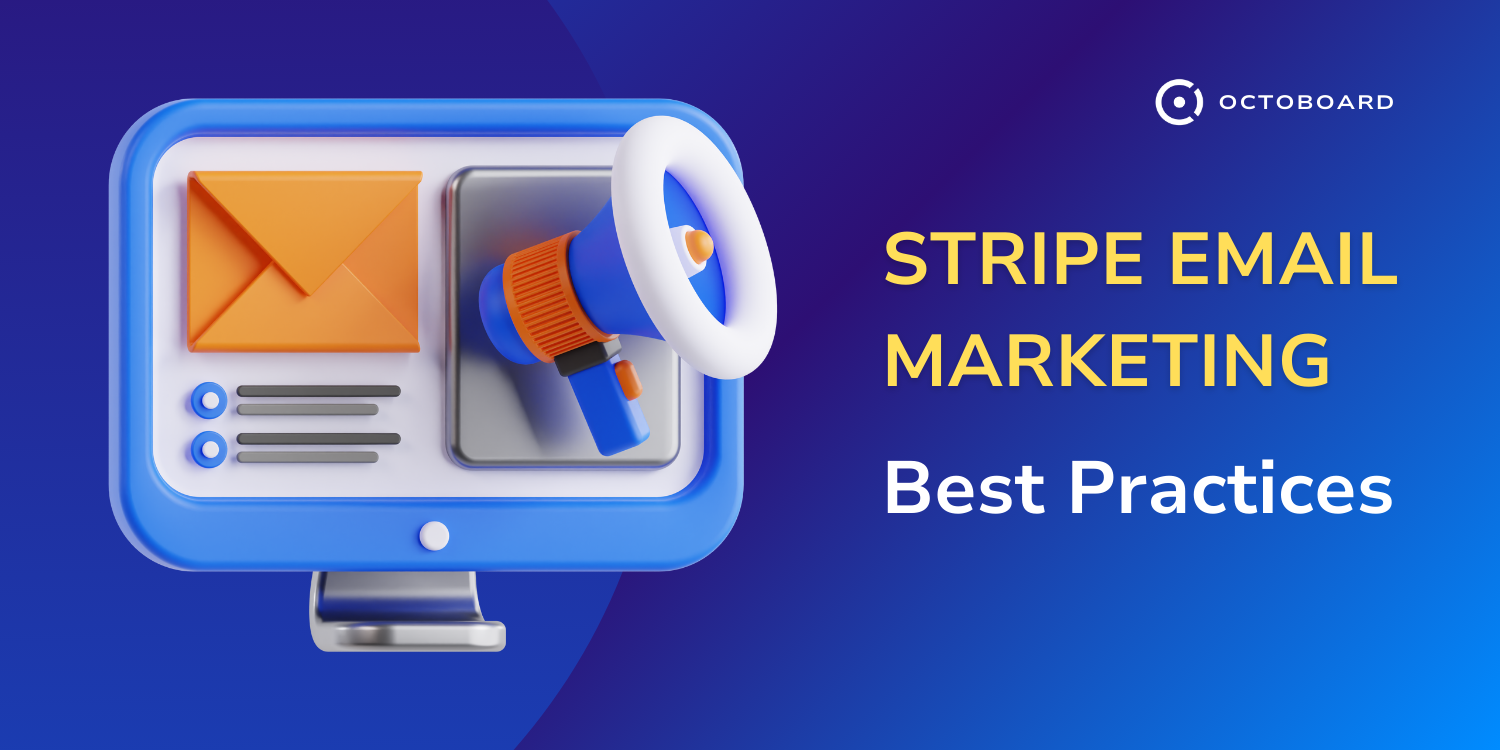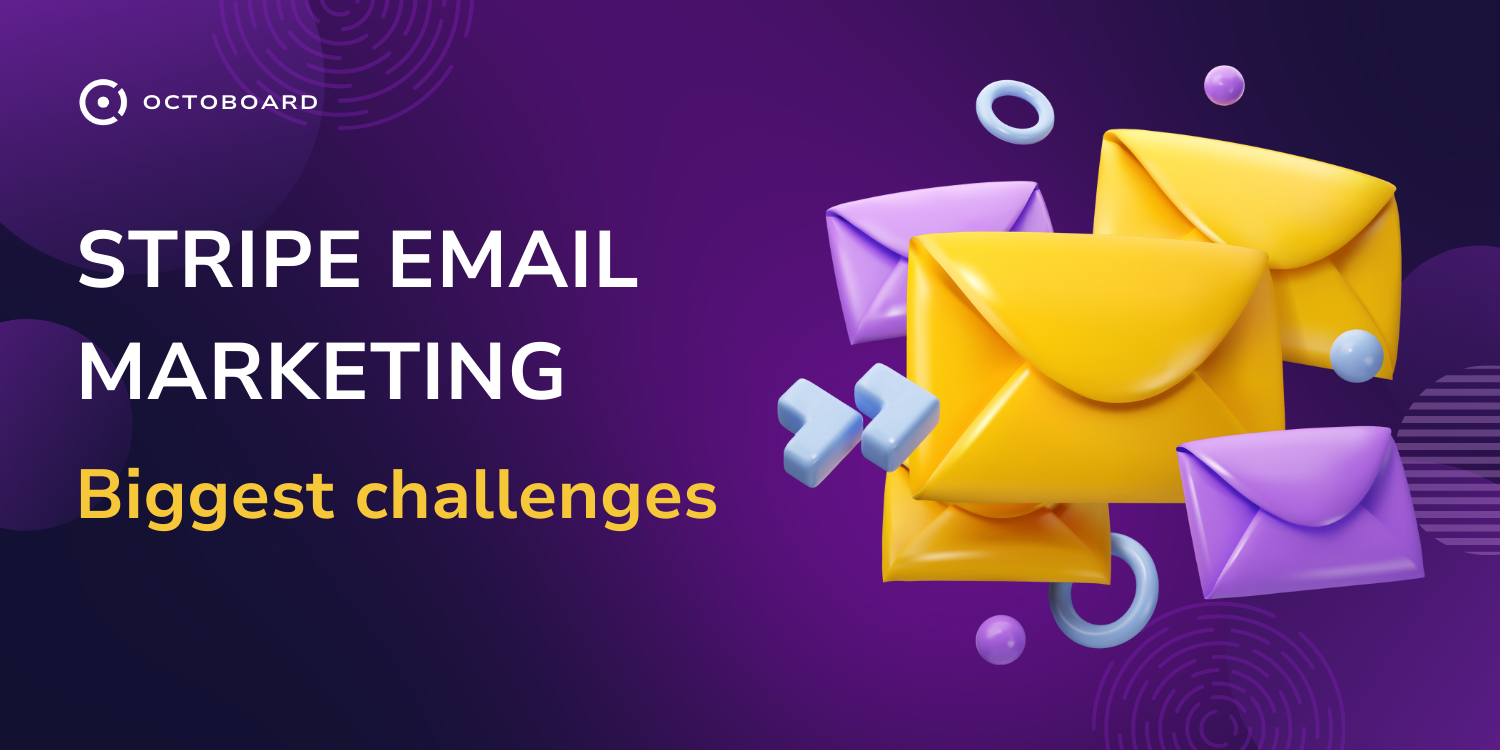Web Analytics AI: Transforming Data Insights with Precision
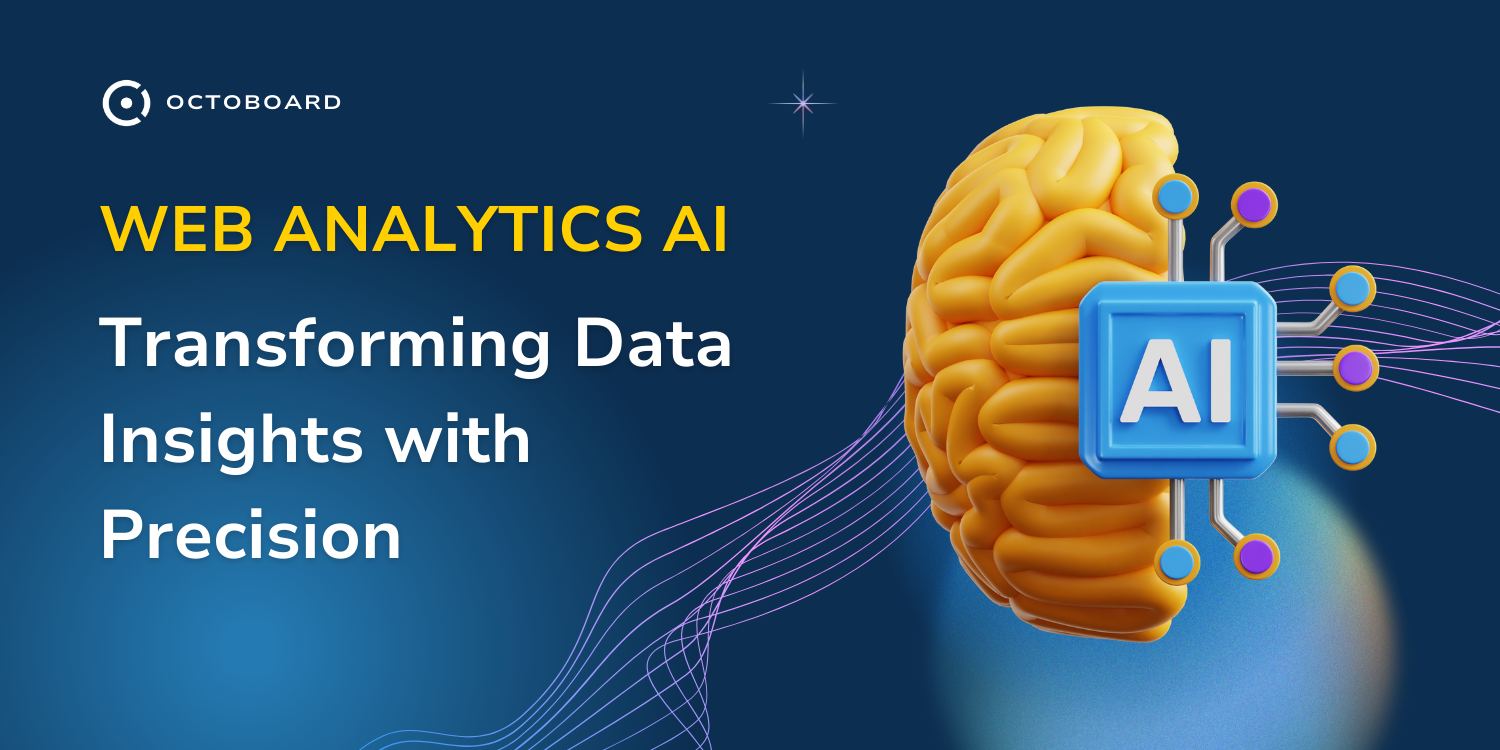
Artificial intelligence has significantly transformed the landscape of web analytics by automating the analysis process and delivering real-time insights, allowing businesses to make data-driven decisions with greater accuracy and efficiency. AI-powered web analytics tools utilize machine learning and advanced algorithms to identify patterns and trends that may be overlooked through manual observation. By tapping into these technologies, companies can better understand user behavior, optimize marketing strategies, and enhance overall performance.
- Fundamentals of Web Analytics
- Defining Web Analytics
- Importance of Data-Driven Decision Making
- Web Analytics AI Technologies
- Machine Learning in Web Analytics
- Natural Language Processing for Insight Generation
- Data Collection and Processing
- Cookies and Tracking Pixels
- Data Privacy and GDPR Compliance
- Web Metrics and KPIs
- Visitor Behavior Metrics
- Conversion Tracking
- Predictive Analytics in Web Analytics
- Predictive Modelling Techniques
- Customer Lifetime Value Prediction
- User Experience and Optimization
- A/B Testing and Multivariate Testing
- Heatmaps and Scrollmaps Analysis
- Reporting and Visualization
- Dashboarding for Analytics
- Automated Reporting Tools
The integration of AI in web analytics also enables businesses to access sophisticated tools such as anomaly detection and natural language processing. These capabilities help in interpreting complex data sets and providing actionable insights. As AI analytics gain traction, the focus shifts to leveraging data visualization and predictive analytics to improve decision-making processes and maintain a competitive edge in the digital market.
Adopting AI-driven analytics can streamline workflows, reduce human error, and increase the speed at which data is processed. Such advancements allow businesses to respond more quickly to changing trends and consumer preferences. The ongoing evolution of these technologies promises even greater efficiency and effectiveness for companies looking to harness the full potential of their data.
Web analytics involves collecting and analyzing website data to understand user behavior and improve digital experiences. This process is essential for enhancing engagement and driving strategic decision-making.
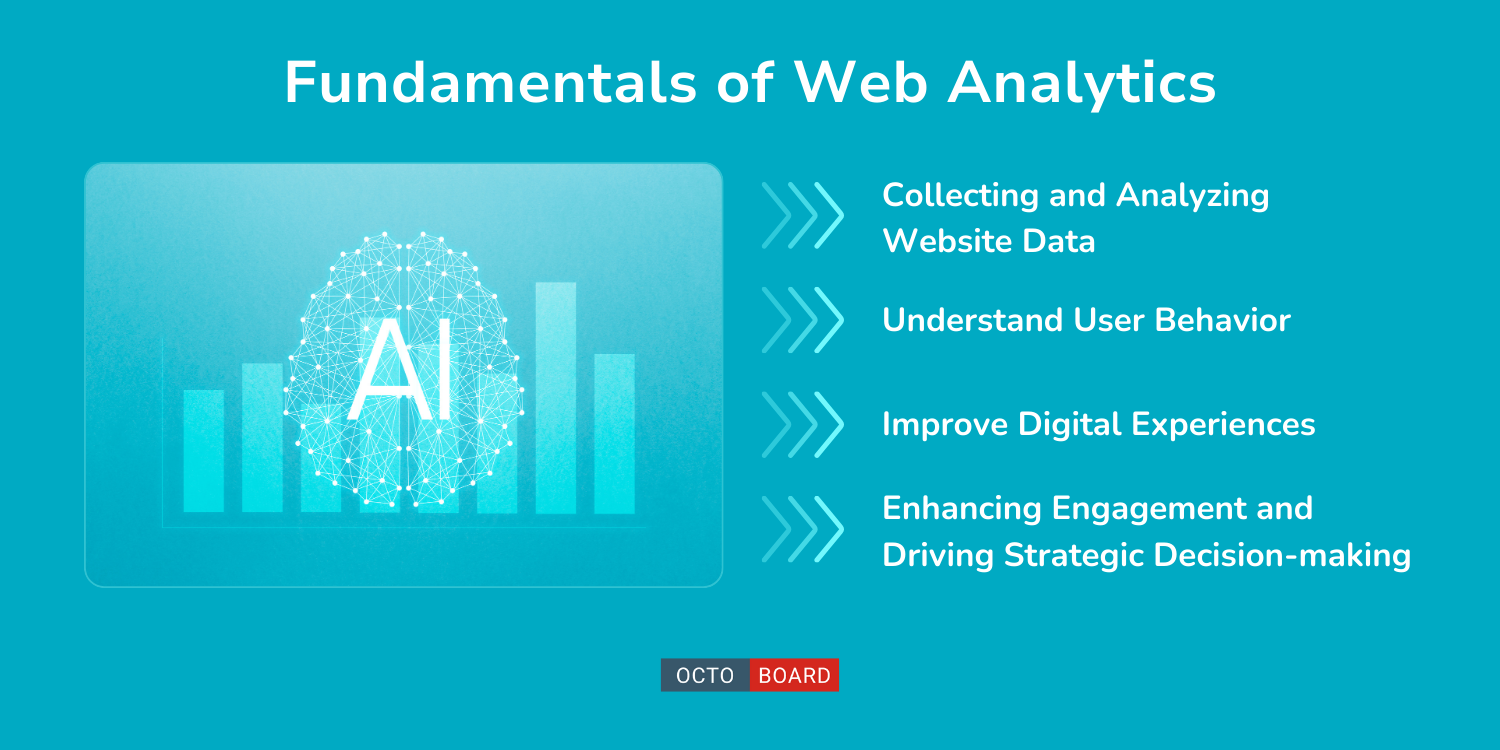
Web analytics is the systematic approach to gather, analyze, and report on data from website visitors. It focuses on metrics such as page views, user sessions, and interaction rates with different elements of the site. Tools used in this process range from basic reporting features to advanced AI-integrated platforms that offer detailed insights.
Key functionalities include understanding traffic sources, tracking conversions, and measuring the effectiveness of marketing campaigns. These insights help businesses optimize their online presence. Basic tools may offer simple metrics, but advanced solutions, like those discussed in this comprehensive guide, expand capabilities significantly.

Data-driven decision-making in web analytics allows organizations to base critical choices on empirical evidence rather than intuition. By leveraging data, businesses can identify areas requiring improvement, leading to targeted enhancements in user experience and marketing efforts.
This approach aids in enhancing customer engagement, increasing conversion rates, and reducing bounce rates. The incorporation of AI into web analytics tools, as highlighted in The Future of Web Analytics, has revolutionized the accuracy and depth of insights available, enabling even more nuanced decision-making. Decisions informed by such analysis drive sustainable growth and competitive advantage in the digital landscape.
Web analytics AI technologies encompass advanced techniques like machine learning and natural language processing. These tools enhance data analysis capabilities, providing businesses with deeper insights and more accurate predictions.
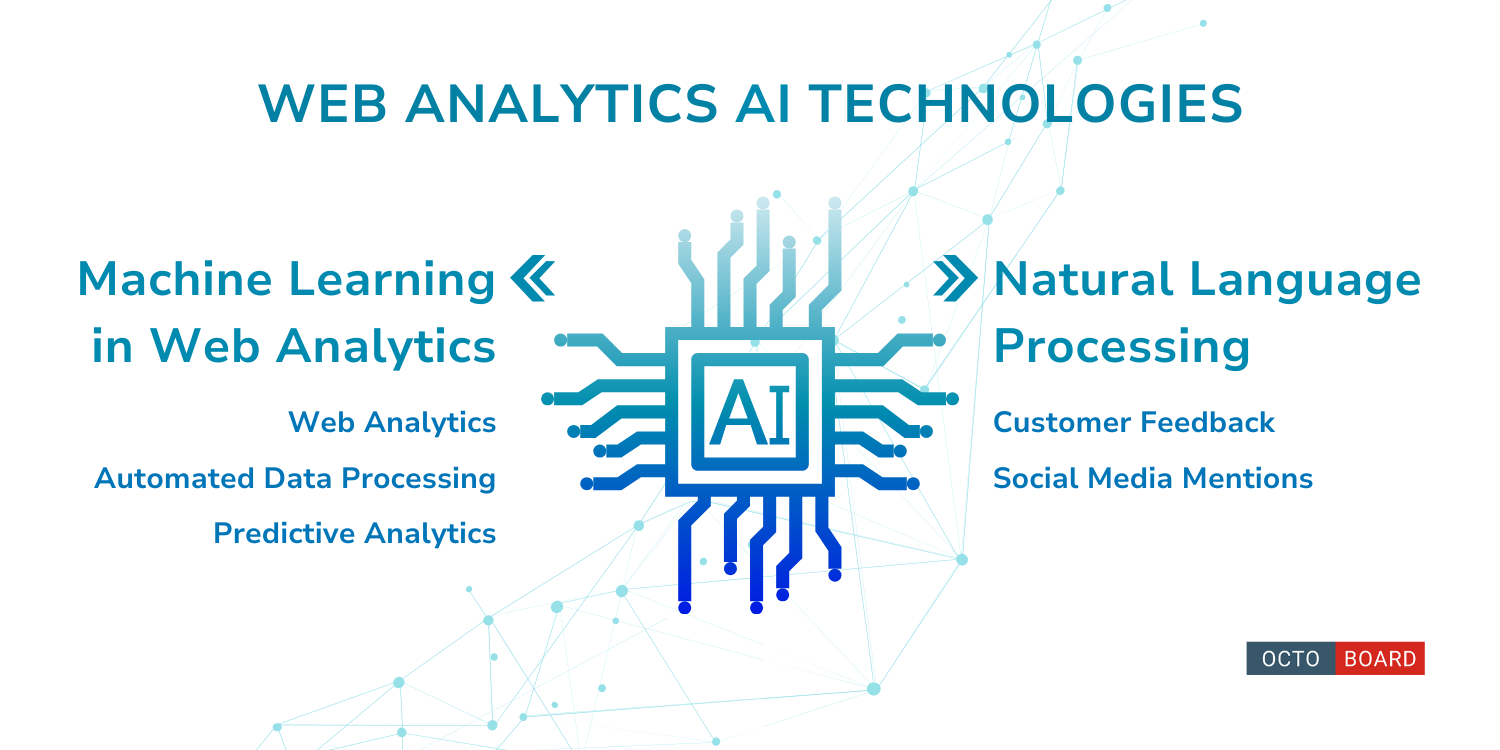
Machine learning plays a crucial role in web analytics. By analyzing vast datasets, algorithms identify patterns and trends that are not easily visible to humans. This technology enables automated data processing, allowing for quicker decision-making and more tailored user recommendations.
Businesses benefit from predictive analytics, where machine learning models forecast future user behaviors based on historical data. This has applications in personalized marketing strategies and optimizing website performance. Effective use of machine learning can lead to increased engagement and improved customer satisfaction.

Natural language processing (NLP) transforms how businesses derive insights from data. By interpreting textual data such as customer feedback and social media mentions, NLP tools can unearth sentiment and emerging trends quickly. This allows companies to respond to customer needs promptly.
NLP also facilitates the automation of report generation, turning complex data into easy-to-understand narratives. These narratives help stakeholders without technical expertise make informed decisions. The combination of NLP and AI analytics leads to more dynamic and adaptive business strategies, keeping organizations competitive in fast-paced digital environments.
In web analytics, data collection and processing are critical for understanding user interactions and improving digital experiences. This involves tools such as cookies and tracking pixels, which gather user data, and ensuring compliance with data privacy laws like GDPR.
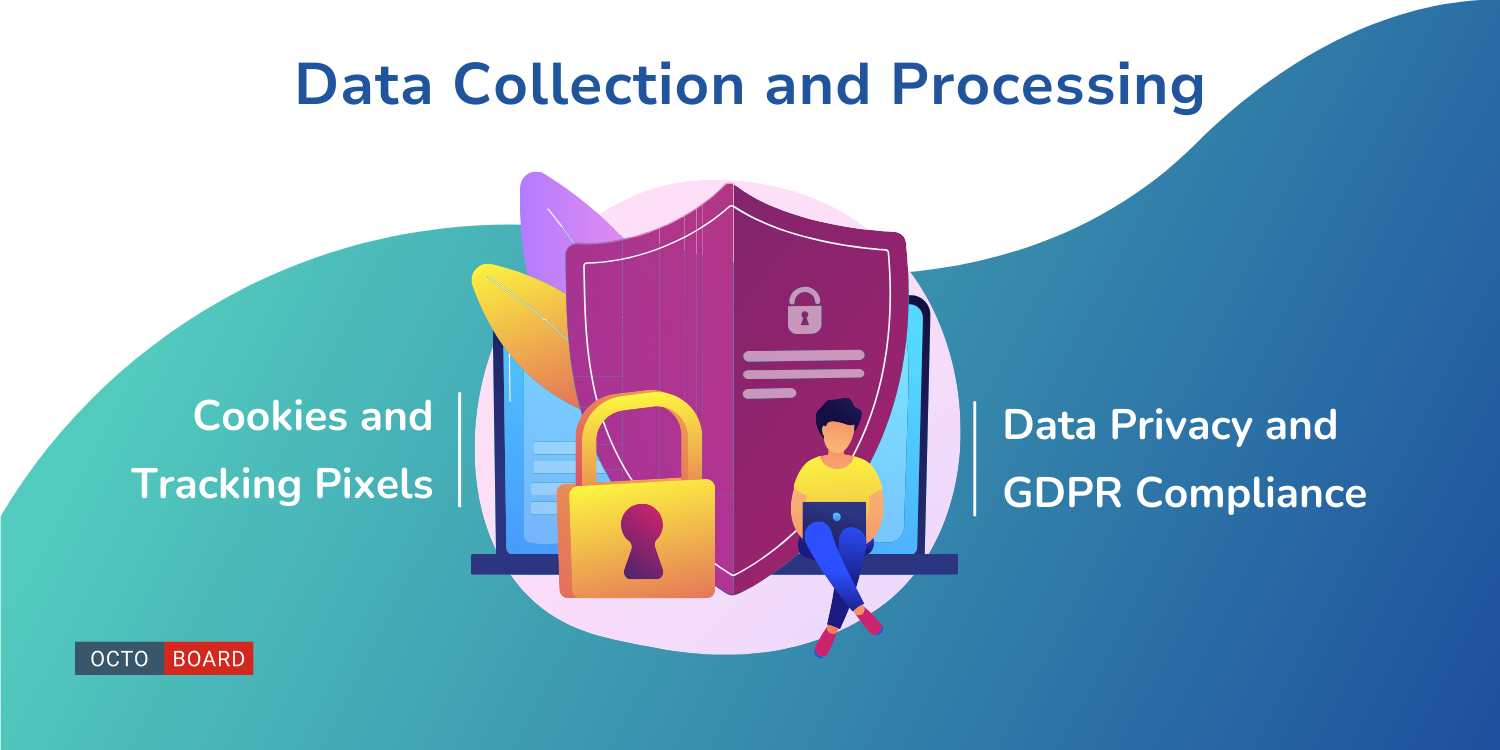
Cookies are small files stored on a user's device to retain user preferences and enhance their browsing experience. They help in tracking user behavior, login sessions, and accessing personalized content. Tracking pixels, typically invisible images, collect data about user interactions on a website. These pixels assist in capturing information on email opens or website visits and improving targeted marketing strategies.
Ensuring data privacy is crucial in web analytics, particularly with regulations like GDPR that protect user information. Companies must implement consent mechanisms and clear privacy policies to adhere to GDPR guidelines. This requires employing measures such as anonymizing data, conducting regular audits, and providing users with options to opt-out of data collection, ensuring their rights and preferences are respected.
Understanding web metrics and KPIs is crucial for analyzing website performance effectively. By focusing on visitor behavior metrics and conversion tracking, businesses can gain valuable insights and make informed decisions that enhance the user experience and drive growth.
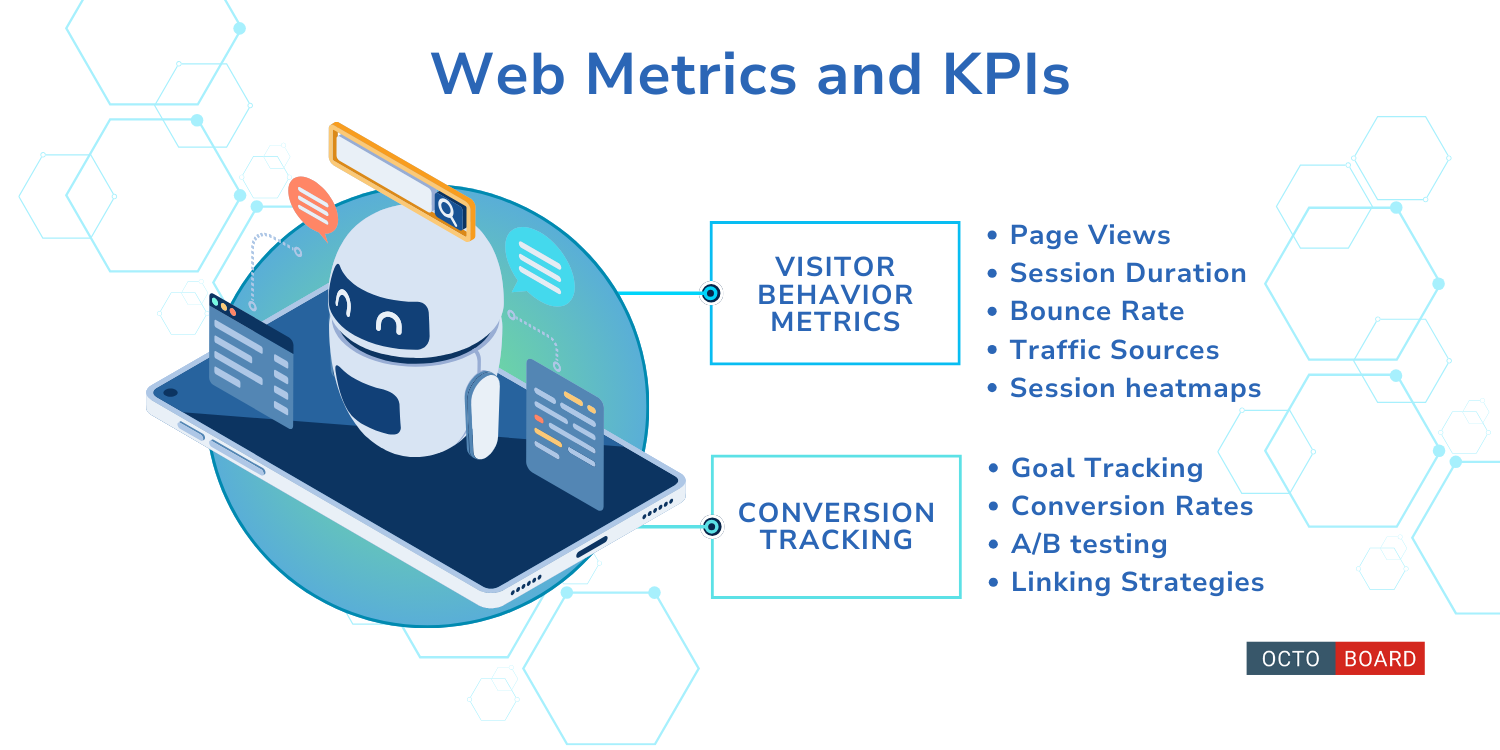
Visitor behavior metrics provide insights into how users interact with a website. Key indicators such as page views, session duration, and bounce rate help in assessing user engagement. A high page view count suggests that visitors find the content relevant, whereas a low session duration may indicate potential areas for improvement.
Traffic sources is another critical metric, highlighting the origins of web traffic, including organic search, direct visits, and referrals. Tracking these sources can guide marketing strategies by identifying the most effective channels for audience engagement.

Session heatmaps offer visual data about user interactions, showing common click and scroll patterns. This information can be used to optimize website layouts, positioning high-value content in more accessible locations. Monitoring visitor behavior helps businesses make data-driven modifications to enhance user satisfaction.
Conversion tracking measures the actions visitors take that are valuable to the business, such as purchases, sign-ups, or downloads. By implementing goal tracking in analytic tools, companies can pinpoint conversion rates and identify drop-off points in the conversion funnel.
A/B testing is essential, allowing businesses to compare different versions of a webpage to see which performs better in converting visitors. This experimentation provides evidence-based insights for improving website elements to boost conversions.
Utilizing linking strategies in conversion tracking helps assess how effectively a website’s links guide visitors toward conversion points. Consistent evaluation of conversion metrics ensures that the site remains optimized for achieving business objectives. Tracking these metrics is vital for refining customer journeys and enhancing website performance.
Predictive analytics in web analytics allows businesses to anticipate future user behavior, optimize marketing strategies, and enhance user engagement. By using advanced data models, companies can refine their strategies to improve customer satisfaction and ROI.
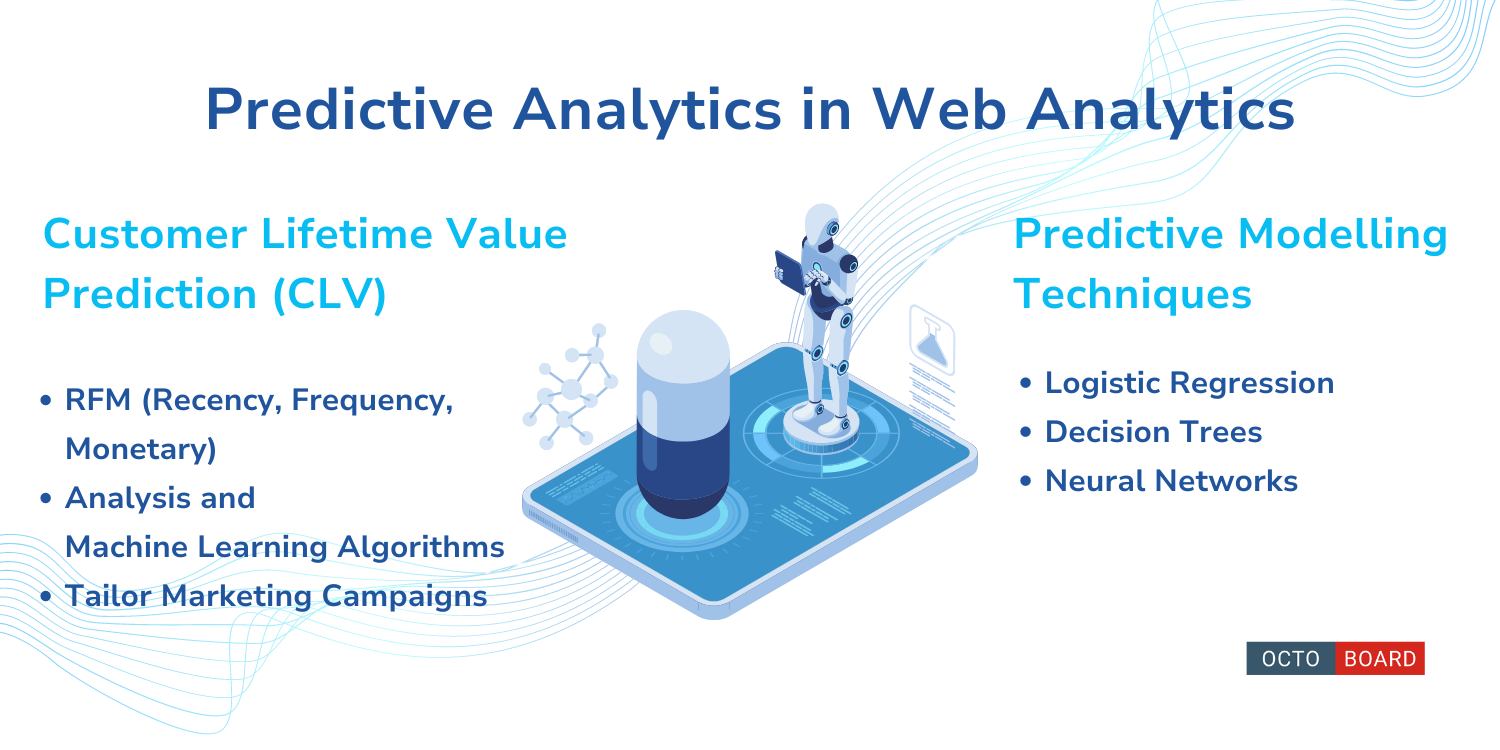
Predictive modeling in web analytics involves using historical and real-time data to forecast future user behaviors. Techniques such as logistic regression, decision trees, and neural networks are commonly employed. These models analyze data patterns to predict outcomes like user conversion rates and interaction likelihood.
Machine learning enhances predictive accuracy by continually refining models based on incoming data. For instance, logistic regression quantifies the probability of a user completing a specific action, while decision trees map potential user paths and outcomes. Neural networks add complexity and depth, handling large datasets with intricate relationships, making them suitable for dynamic online environments. Integrating these models into web analytics tools helps businesses personalize user experiences and streamline marketing efforts.

Customer Lifetime Value (CLV) prediction is crucial for businesses aiming to maximize long-term revenue. It calculates the potential profit from a customer throughout the entire relationship, enabling companies to allocate resources effectively. Predictive analytics uses data such as purchase history, browsing behaviors, and demographic information to predict CLV.
Businesses implement models like RFM (Recency, Frequency, Monetary) analysis and machine learning algorithms to predict CLV more accurately. RFM evaluates a customer’s purchase history to identify valuable clients, while machine learning incorporates vast and varied datasets for deeper insights. By understanding CLV, companies can tailor marketing campaigns, improve customer retention strategies, and identify high-value segments, ultimately leading to better resource allocation and increased profits.
Enhancing user experience and optimizing web performance are critical tasks in the digital landscape. AI tools revolutionize these processes through A/B and multivariate testing, and visual analysis methods like heatmaps and scrollmaps.
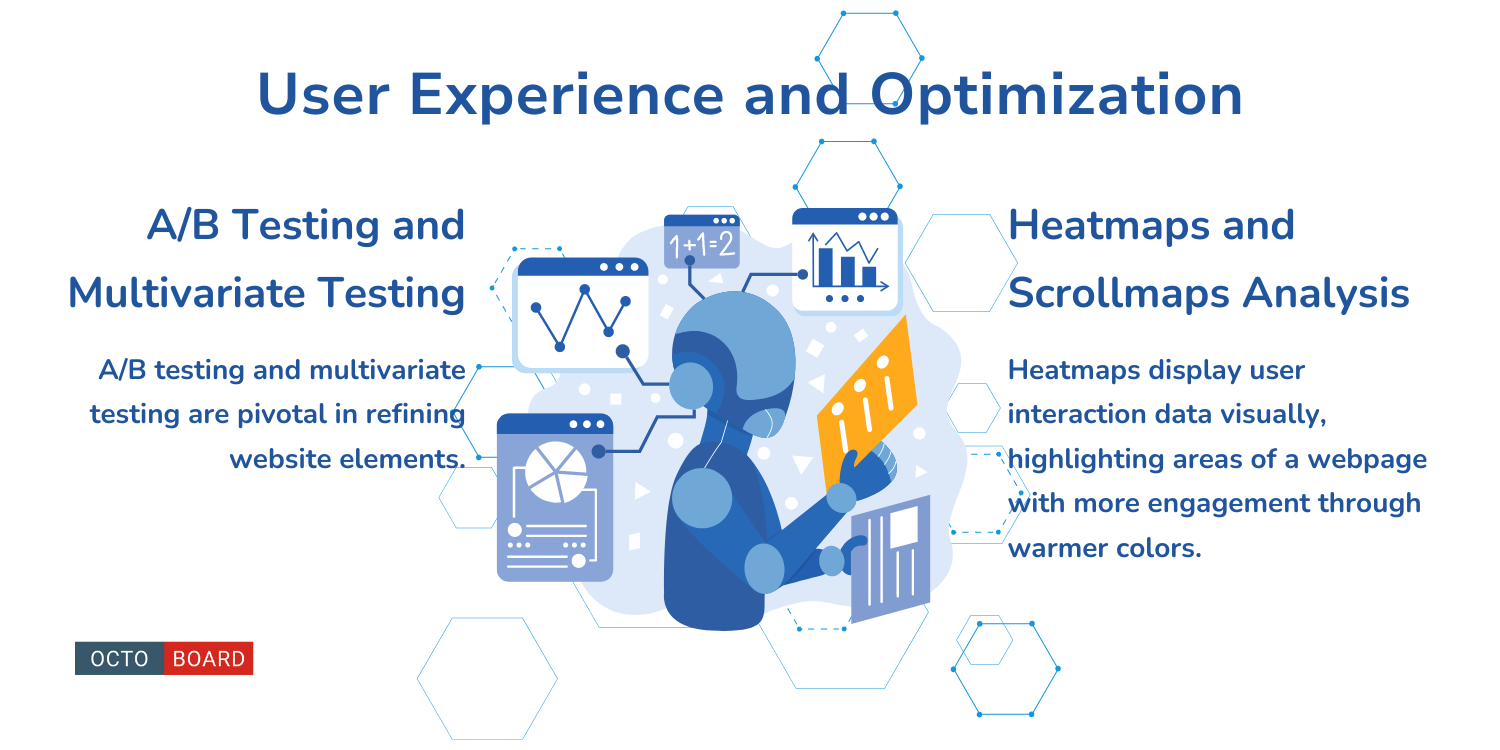
A/B testing and multivariate testing are pivotal in refining website elements. A/B testing involves comparing two variations of a web page to determine which performs better regarding conversion rates and user engagement. AI can analyze vast datasets quickly, revealing subtle performance differences.
Multivariate testing extends this by simultaneously testing multiple variables to identify the best combination of elements. AI enhances this approach by automating test arrangements and analysis, reducing human intervention and biases. Websites can use these insights to create user-centric designs that significantly enhance user satisfaction and drive conversions.

Heatmaps display user interaction data visually, highlighting areas of a webpage with more engagement through warmer colors. AI processes this data efficiently, enabling businesses to make data-driven decisions about design changes. This reveals sections that attract or deter users, allowing for targeted content or design improvements.
Scrollmaps show how far down users typically scroll on a webpage. AI analyzes this behavior to determine content that keeps users engaged. It helps in repositioning key elements to increase visibility and interaction. By leveraging heatmaps and scrollmaps, businesses can effectively optimize user experience and ensure that critical content receives appropriate user attention.
The use of AI in web analytics enhances both reporting and visualization capabilities, making data more accessible and insightful. Effective dashboarding and automated reporting tools drive data-driven decisions and streamline processes.
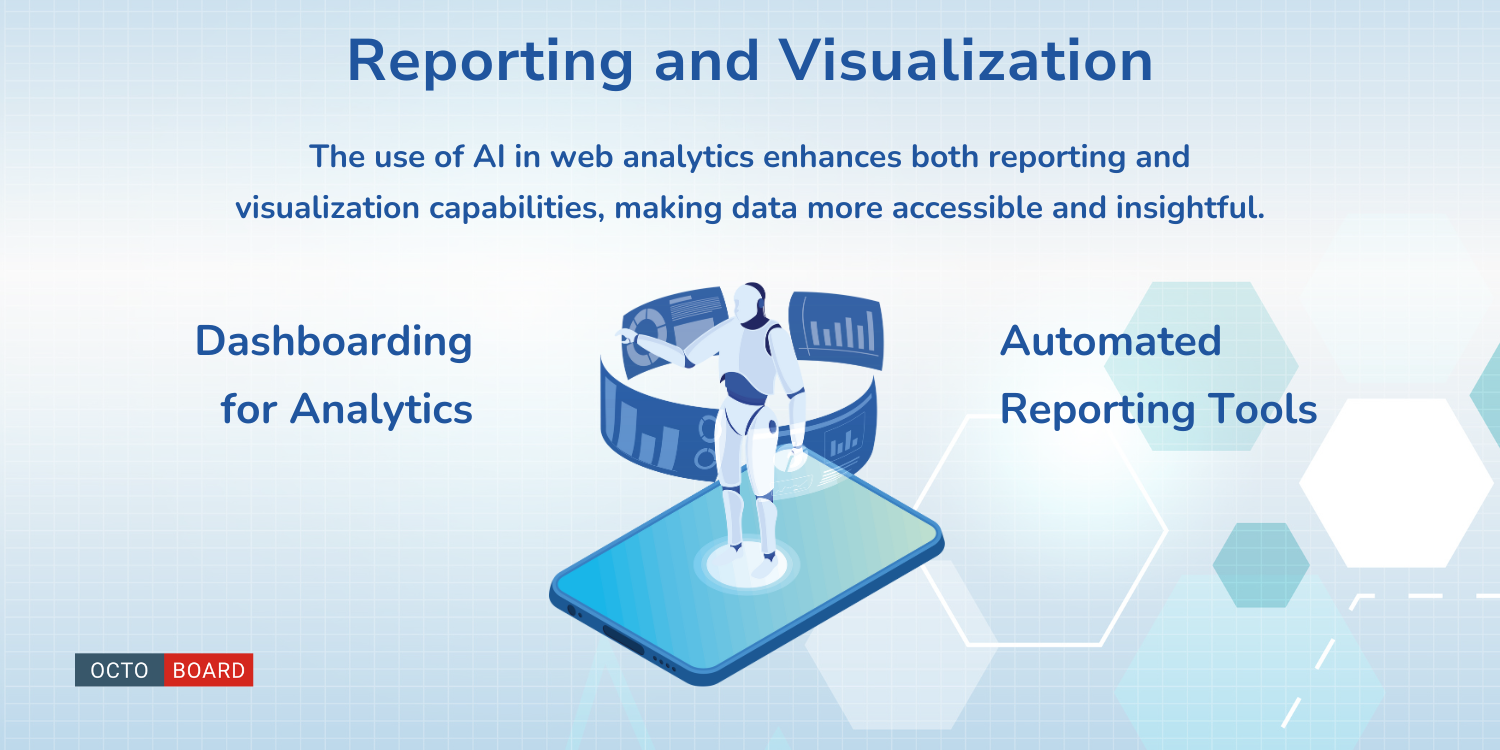
Dashboarding plays a crucial role in presenting complex data in an understandable format. AI-powered dashboards ensure dynamic data representation, adapting to new insights as they emerge. They often use machine learning algorithms to identify trends and suggest optimal visualization types, enhancing user comprehension.
Interactive elements like filters and drill-downs are integral. They allow users to explore data without overwhelming them with excessive information. Tools such as Tableau and Power BI optimize data layout for comprehensibility and efficiency. Key metrics are displayed clearly, aiding in the quick identification of performance issues and opportunities.
Automated reporting tools transform how data reports are generated and shared. AI empowers these tools to automatically compile data insights and distribute reports with minimal human intervention. This efficiency saves significant time and resources while reducing the risk of manual errors.
These tools often provide real-time insights that enable swift decision-making. Platforms like Octoboard AI Data Insights leverage natural language processing to allow users to generate instant insights by querying the data conversationally. Personalized recommendations and visualization adaptability further enhance usability, ensuring that users receive reports tailored to their specific needs and preferences.
